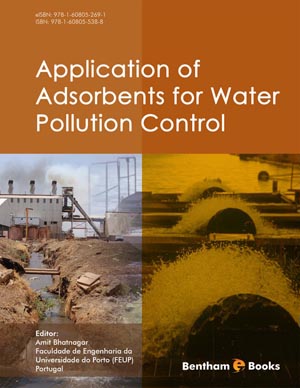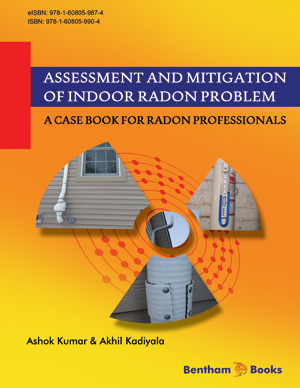Abstract
Emerging pollutants reflect a major global water quality problem. When
these compounds enter the environment, they cause significant environmental threats to
aquatic and human health. Emerging water pollutants (EWPs) include new materials
with no regulatory status butthey can adversely affect the environment and human
health. Emerging water contaminants can be biological or synthetic that remain
unregulated, and pose a potential threat. Major classes of such pollutants are
pharmaceuticals, agro-chemicals, endocrine-disrupting chemicals (EDCs), industrial
wastes, livestock wastes, synthetic nanomaterials, and petroleum products. These
pollutants can enter the environment through numerous sources and pose severe threats
to soil organisms, agriculture, aquatic life, and humans. Pharmaceutical waste,
industrial effluents, cosmetic and cleansing products, household sanitation, discharge,
and synthetic NPs enter water channels, agro-ecosystem, underground water (via
seepage), etc., posing a serious threat. These EWPs have different unknown and known
effects on animals, plants, and human health, which must be viewed positively. This
chapter summarizes the sources and classification of EWPs, their entry into the
environment, and their fate. A major focus will be on the end sink of pollutants with
potential threats and risk evaluation for plants and human health.
Keywords: Agro-ecosystem, Classification of EWPs, Effects of EWPs on humans, Emerging water pollutants, Endocrine-disrupting chemicals, Fate of EWPs, Food pollution, Of EWPs plants and animal health, Soil pollution, Sources of EWPs, Underground water, Water channels.












